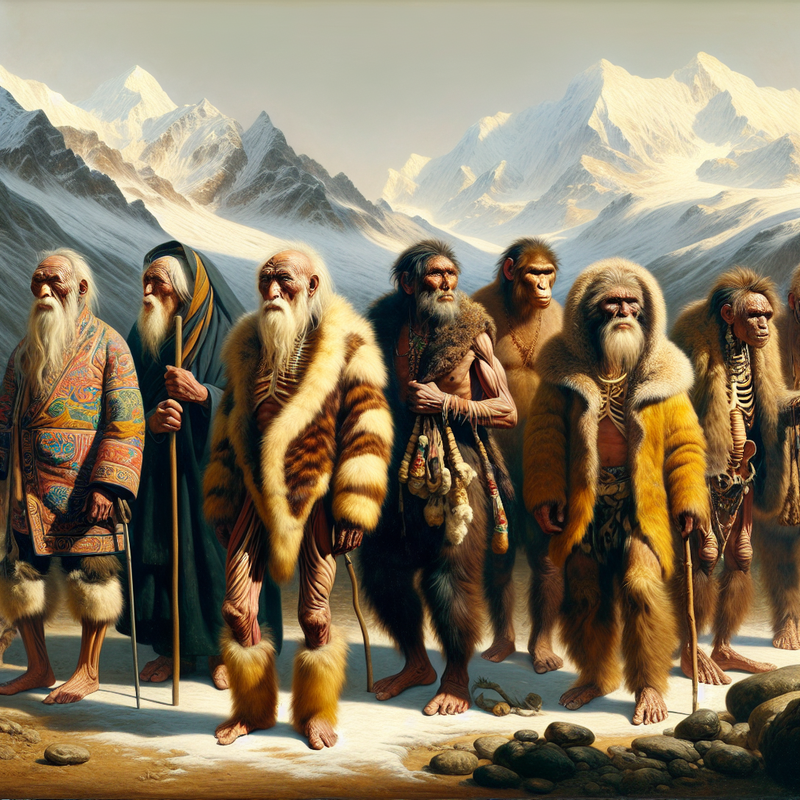Inhabitants of the Tibetan Plateau: A Showcase of Human Evolutionary Progress
Inhabitants of the Tibetan Plateau showcase a remarkable instance of human evolutionary progress as they display distinct physiological characteristics that enable them to survive in a setting marked by reduced oxygen availability. This ongoing evolution has captured the attention of researchers, illuminating our species’ ability to adapt to harsh environments.
Cynthia Beall: An Anthropologist’s Quest for Understanding
Cynthia Beall, an anthropologist from Case Western Reserve University in the US, has invested years in analyzing how individuals have become uniquely suited to life at high altitudes, a condition referred to as hypoxia. In a conversation with ScienceAlert, Beall expressed her fascination with adaptation to high-altitude hypoxia, noting its severity, uniform impact at specific elevations, and measurability. She admires the process as a reflection of the extensive biological diversity in humanity.
Studying Reproductive Outcomes at High Altitudes
Beall’s recent investigation focused on 417 Nepalese women who have spent their lives at elevations exceeding 3,500 meters (11,480 feet). These women’s reproductive outcomes, among other health and physical indicators, were scrutinized to comprehend how adaptative changes to hypoxia have perpetuated through the generations. It emerged that women exhibiting mid-range hemoglobin counts coupled with higher blood oxygen saturation realized the most successful rate of childbirth.
Discovering the Link Between Physiology and Cultural Conventions
Additionally, the research discerned that these women possessed larger left heart ventricles and experienced increased blood flow to the lungs – characteristics that aid in more efficient oxygen circulation. Interestingly, cultural practices such as early marriage and an extended period of fertility also played a role in childbirth rates, showcasing a complex connection between physiology and cultural conventions.
The Body’s Capacity to Optimize Oxygen Supply
Beall articulates that the findings indicate the body’s capacity to optimize oxygen supply to cells without increasing blood viscosity. Previous knowledge acknowledged the advantage of lower hemoglobin; however, the new findings highlight the superior benefit of intermediate hemoglobin levels.
Implications for Understanding Human Resilience and Evolutionary Processes
This body of research, which elucidates the current natural selection mechanisms within human groups, enhances our comprehension of human resilience and evolutionary processes. The findings have been documented in the Proceedings of the National Academy of Sciences.
The Broader Implications of the Research
Central to this article is the theme of “humans evolving Tibetan plateau,” exploring the acclimatization of human physiology to the elevated and oxygen-deficient living conditions of the Tibetan Plateau. This underscores the broader concepts of natural selection and human evolution. The article touches on specific parts of this overarching topic by discussing “adaptation to high-altitude hypoxia,” “reproductive success in high altitudes,” and “oxygen transport traits in humans.” In conjunction with these main points, other relevant themes such as “health,” “human evolution,” and “natural selection” emerge as pertinent to the content.







